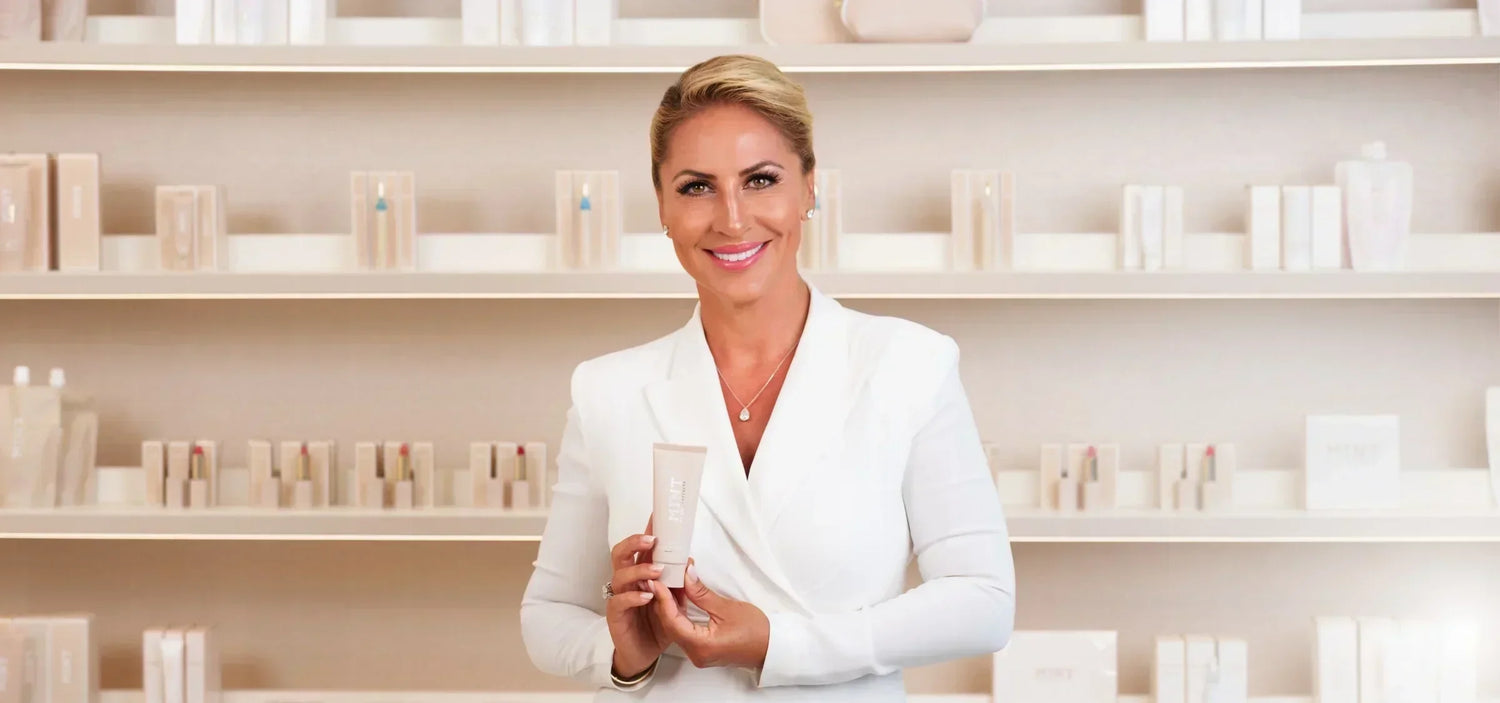Sparkling white teeth
Bright teeth are an expression of health and beauty, which is why many people try to keep their teeth as bright as possible or to whiten them.
There are many different ways to whiten teeth, from home remedies to professional treatments at the dentist.
We are born with an individual tooth color. However, as a result of diet, stimulants, and a lack of oral hygiene, the color of the teeth can change and become darker over the course of life.
This can have superficial causes, such as discoloration on the tooth or plaque. This type of discoloration can be controlled with regular dental care. However, the tooth's pigmentation can also be changed, so superficial cleaning does not have a whitening effect. In this case, a whitening effect can only be achieved using special technology.
Proper teeth cleaning
Proper, regular cleaning of teeth at home is the first way to achieve a brighter tooth appearance. Many manufacturers use abrasives that remove plaque in products that are advertised as having a whitening effect. This process actually works, but it is not a sustainable way to keep bright and healthy teeth in the long term. Although the abrasives remove superficial discoloration, they are often so aggressive that the tooth enamel is also worn away. This in turn makes the tooth more susceptible to new discoloration, which then settles in the grinding marks. In addition, the enamel is also a kind of whitener. The thinner it is, the darker our teeth appear. Therefore, care should always be taken to ensure that no abrasives are used when cleaning. In all our pastes, we use the MPT1 Ultrapolish technology based on the cleaning agent perlite. It cleans the teeth intensively without damaging the enamel.
Color balance with peroxide
Hydrogen peroxide has a special place in cosmetic tooth whitening. Tooth whitening with hydrogen peroxide removes stains that stain the tooth from the inside out and is different from superficial cleaning with abrasives. In addition, peroxides can ensure color balance and lighten yellow pigments in the tooth.
The goal of professional teeth cleaning
The aim of professional teeth cleaning is to intensively remove superficial discoloration and smooth the tooth surface. This gives us natural protection against new discoloration. The smooth feeling after professional teeth cleaning is therefore no coincidence; it is an important indication that new discoloration will not have any possibility of adhesion. The teeth then shine brightly in our natural tooth color. This effect was the inspiration for Dr. Mintcheva's MINT dental care line.

What is whitening?
Bleaching is the medical type of tooth whitening that has the greatest effect. This treatment is aimed at teeth that have a higher proportion of yellow pigments in their basic color.
When bleaching, a chemical bleaching agent is applied to the teeth, along with special oxygen. This oxygen is activated with special UV light and dissolves color molecules embedded in the tooth. The tooth color then appears significantly lighter.
Optical teeth whitening with blue pigments
In addition to the whitening options that directly affect the tooth, there is another option that affects the visual perception of the tooth color: make-up with blue pigments. This principle originated in the laundry industry, where blue pigments were added to washing powder to reduce yellowing in white clothing. Blue is the complementary color to yellow and thus creates an optical neutralization. Lip care and lip make-up with blue pigments can thus provide an optical whitening effect.





